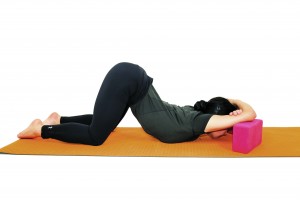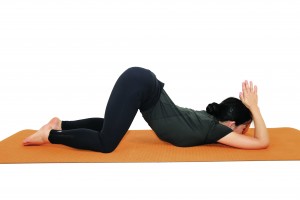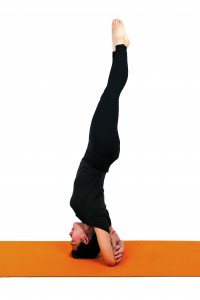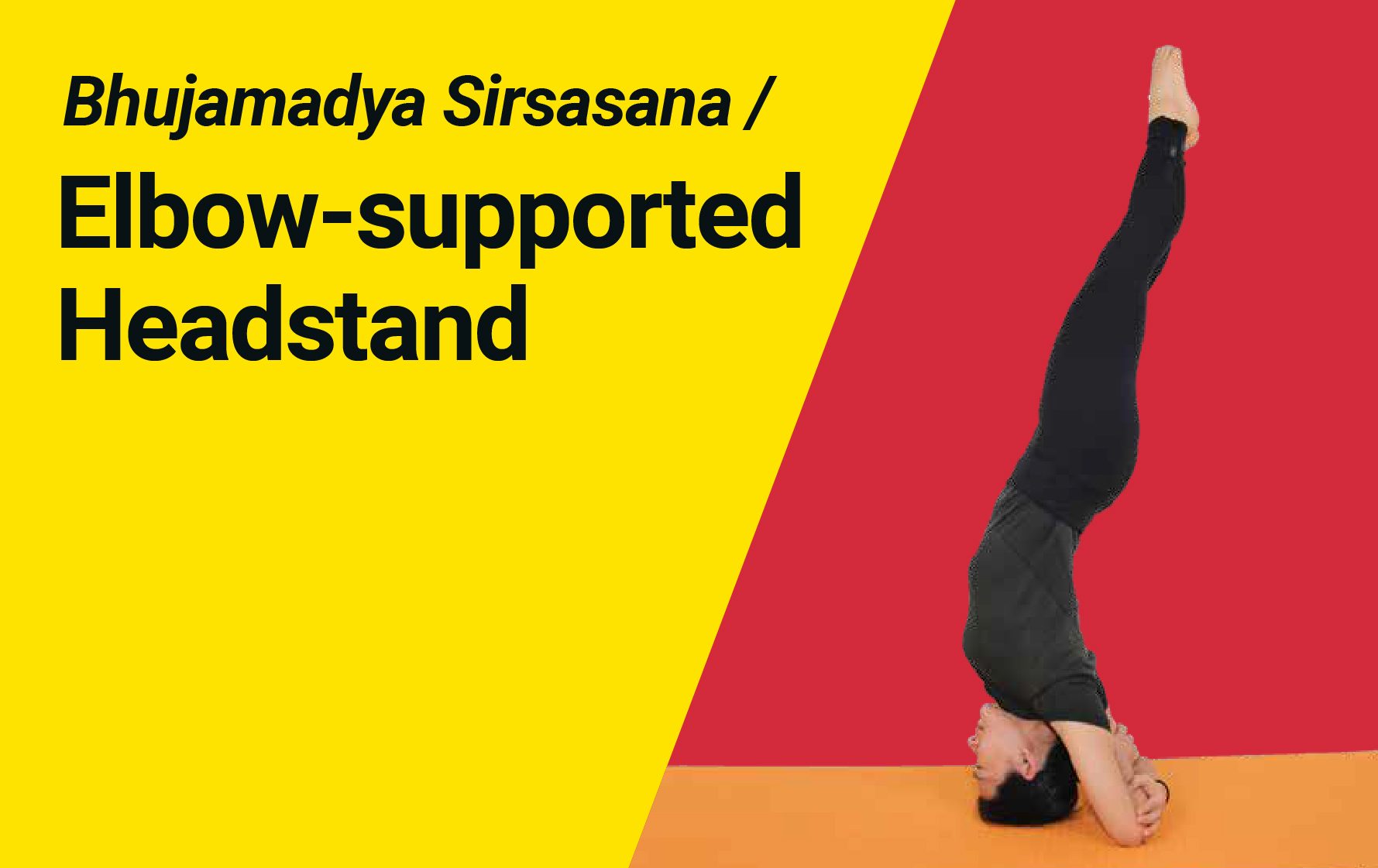This month’s featured pose is Bhujamadya Sirsasana or Elbow-supported Headstand. The name of the pose is derived from the terms “Bhujamadya” which loosely translates to breast or chest, “sirsa” or head and “asana” or pose. Because of the deep arch in the back, the attention is led to the chest of the practitioner.
In Bhujamadya Sirsasana, two chakras or energy centres are stimulated. As this is a backward bending pose, the chest becomes open and active, thus pula pula inflavel stimulating the Anahata Chakra/heart centre. Bhujamadya Sirsasana is also an inversion with the top of the head on the floor; therefore the Sahasrara Chakra or crown of the head is stimulated.
Activating both chakras result in a connection to the deeper self – the Anahata Chakra relates to a person’s ego, and the Sahasrara Chakra relates to the Divine power. Understanding the relationship of both chakras allows us to trust and surrender the self/ego to a higher power.
Chakra Awareness
Anahata Chakra / Heart and Sahasrara Chakra / Crown
Practice Level
Intermediate
Degree of Difficulty
(100 being most difficult)
85
Movement
Major Movements
Backward Bending
A spinal movement done with the extension of the spine, supported by different back muscles.
Shoulder Girdle Elevation / Upward Rotation
A lateral/outward and upward movement of the scapula or shoulder blades.
Hip Flexion
A movement of bringing the thigh or top of the pelvis forward, decreasing the angle in between (as in forward bending).
Minor Movements
Scapular Retraction
Moving the scapula away from the midline of the body, having the sensation that the upper-back muscles are squeezed together.
Challenges faced during the practice
Chest tightness and breathing difficulty
Back limitation
Hamstring limitation
Balance
Chances of Injury
Falling while in the pose
Back or shoulder injury
Contraindications
Existing upper body or hip issues
Low or High blood pressure
Due to the irregularity of the blood pressure, coming into an inversion may lead to increased oxygen in the brain; in most cases, the body can regulate the pressure but for some, this may result in nausea or dizziness.
Hyperkyphosis
Refers to an excessive curvature of the thoracic spine, commonly referred to as hunchback. As this is a backward bending pose, having a hunched back poses a difficulty in achieving the pose.
Major Muscles Involved
Pectoral
Composed of the Pectoralis Major and Pectoralis Minor, this muscle makes up most of the chest area muscles and is responsible for the movement of castelo inflavel the shoulder joint. The Pectoralis Major keeps the arm attached to the trunk of the body while the Pectoralis Minor stabilizes the scapula.
Deltoid
The muscle forming the rounded shape in the shoulders, the deltoid muscles assist and support in the abduction of the shoulder.
Trapezius
One of the major muscles of the back, the trapezius is responsible for moving, rotating, and stabilizing the shoulder blades and extending the head at the neck.
Rhomboids
A rhombus-shaped muscle located at the back with the function of assisting in squeezing the shoulder blades.
Rectus Abdominis
It is responsible for the flexing of the lumbar spine and keeping the internal organs intact, therefore working with the Erector Spinae especially in backward bending movements.
Biceps
A two-headed muscle that lies on the upper arm between the shoulder and the elbow. The major function of the bicep is to allow the twisting of the forearm and to flex the elbow.
Best Time to Practice
Afternoon or evening, when the body’s natural flexibility is present
………………….
Warm-up
Nirakunjasana / Heart Pose Variations
Block Usage
 Come into tabletop position – place the hands on the floor, directly under the shoulders and the knees are hip-width apart with the feet in line with the knees.
Come into tabletop position – place the hands on the floor, directly under the shoulders and the knees are hip-width apart with the feet in line with the knees.- Prepare two blocks in front of the hands in a diagonal position where the elbows will rest later.
- Inhale and on exhale, lower the body forward and rest the elbows on the block. Allow the chest to move closer to the floor naturally.
- Relax the neck and let the pelvis tilt forward, going deeper into the back’s arch.
- Hold the pose for a few deep breaths and slowly push the body up.
………………….
- Start in tabletop position.

- Inhale and on exhale, slowly slide the hands forward and bring the chest and chin to the floor. Let the weight of the body rest on the chest area and ensure that there is not too much pressure on the throat and jaws.
- Hold the opposite elbow and maintain normal breathing while in the pose.
- To open the shoulders more, bring the hands together and press the palms. Keep the elbows on the floor. Hold the pose for a few breaths.
- Come out of the pose by releasing the hands and slowly pushing the hips down and sliding the legs back, lying down on the abdomen.
Benefit: Opens the chest, promotes external shoulder rotation and prepares the upper and middle back for deep backward bending.
 Final Pose
Final Pose
Deepen the pose by pushing the chest out and bringing the legs back. Keep the eyes open and hold the pose for a few calm breaths. Release the pose by bringing the legs down one at a time.
More…
To read the full article please download our Asana Journal App or purchase Issue 164 August 2016.




















 Other
Other